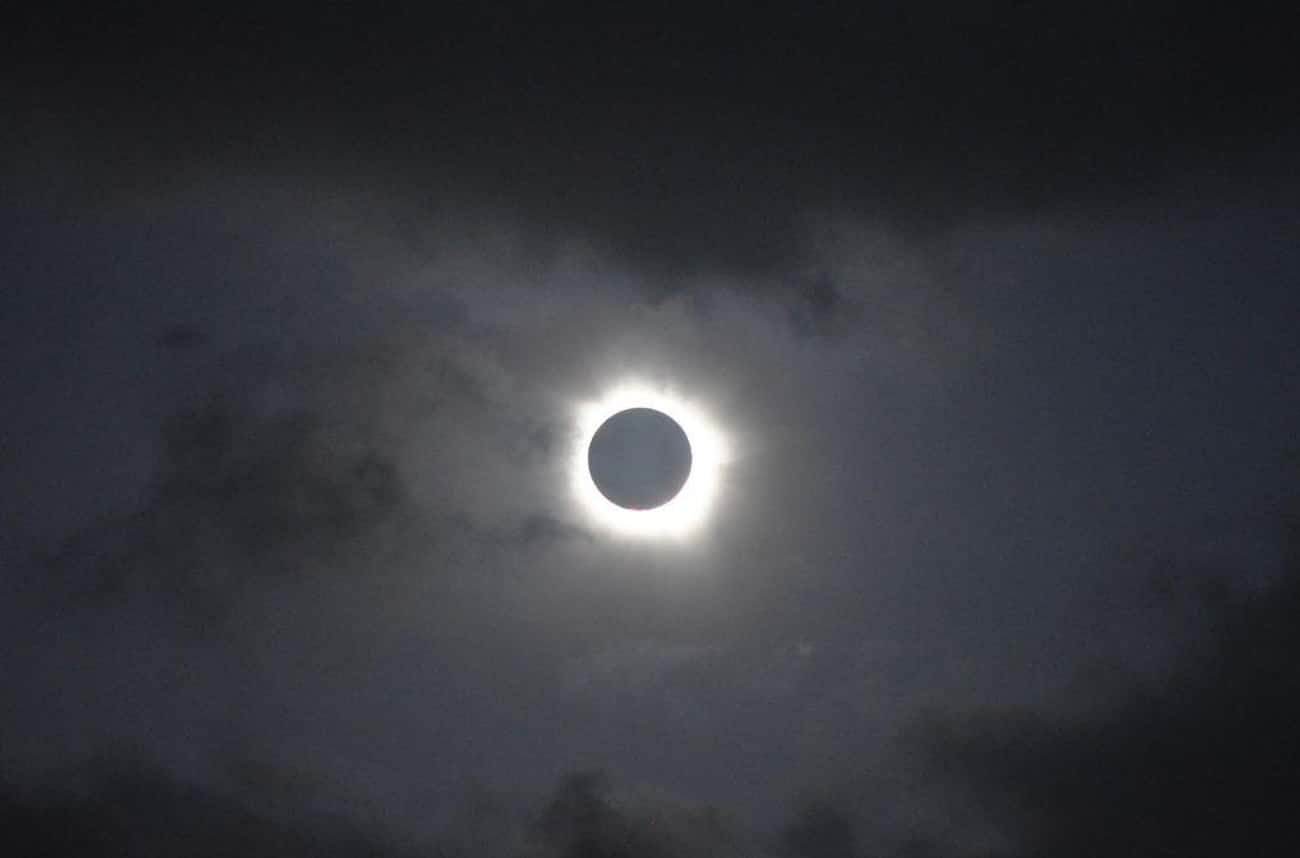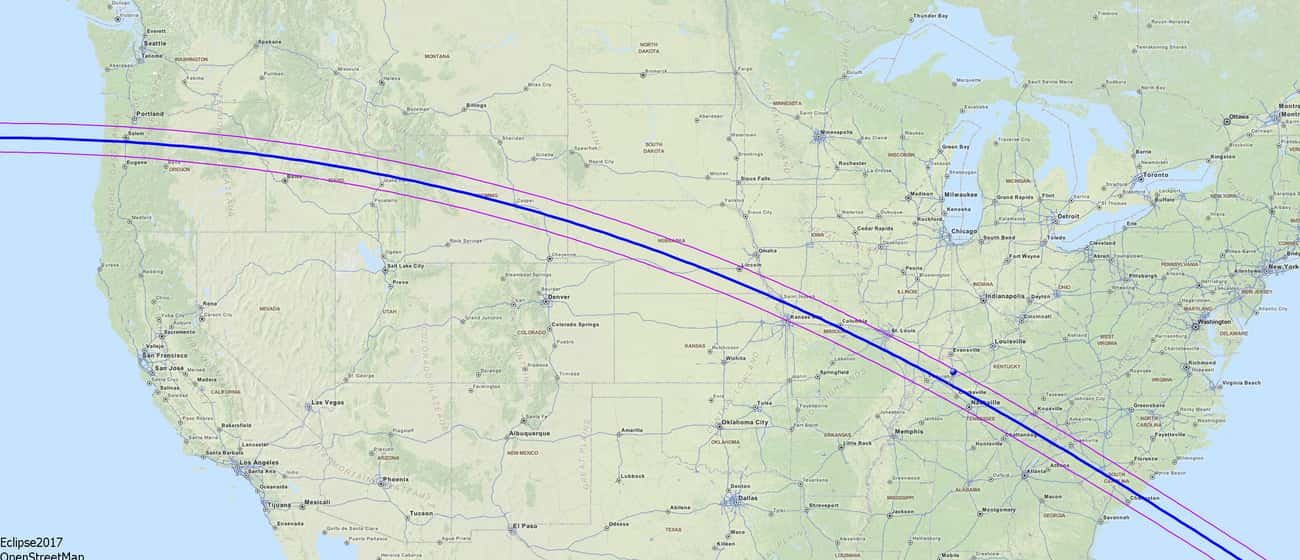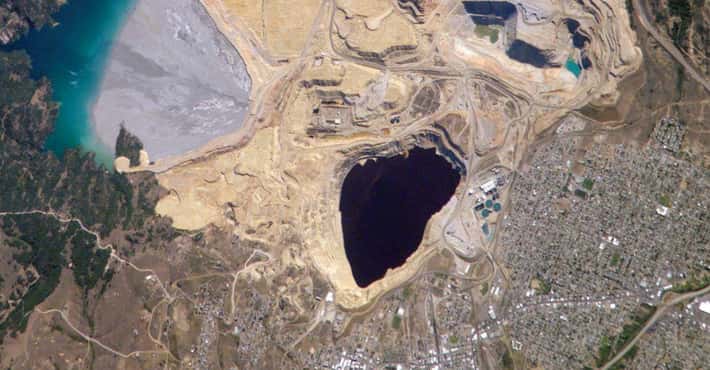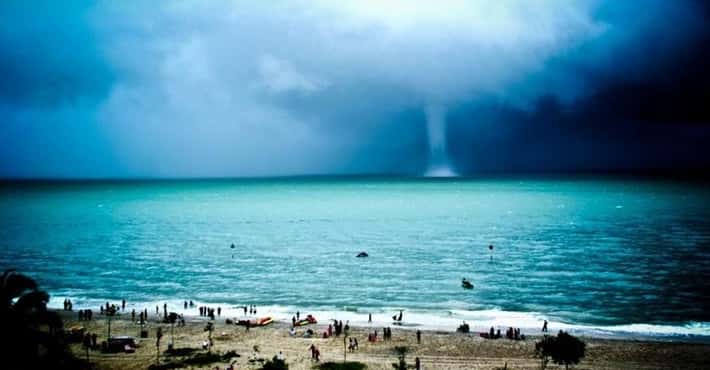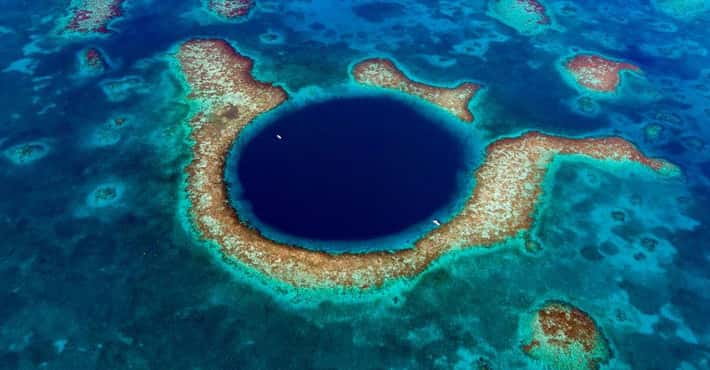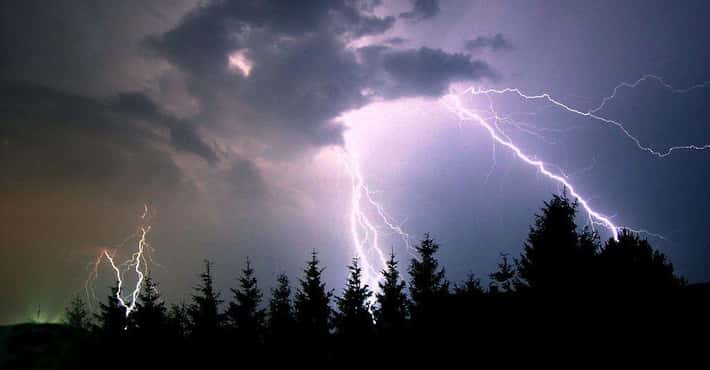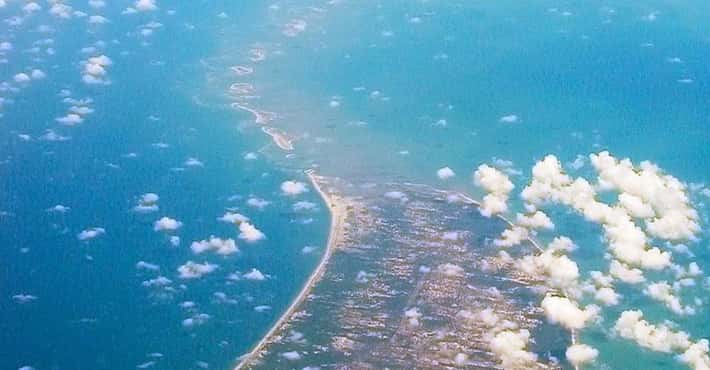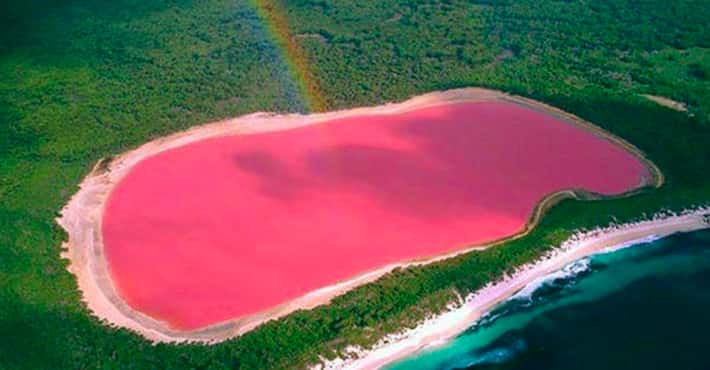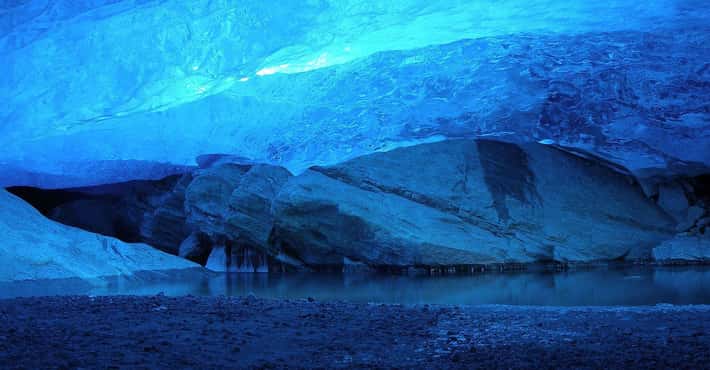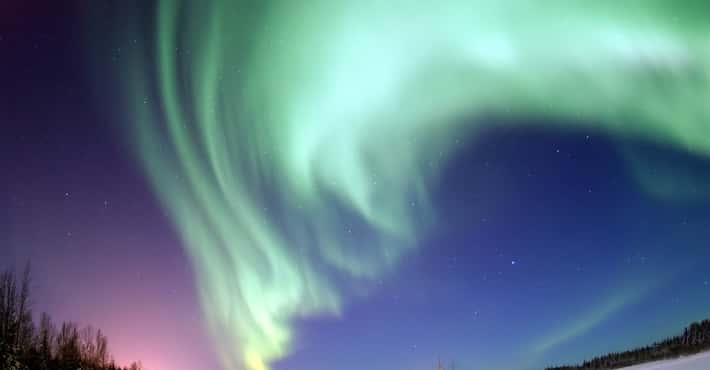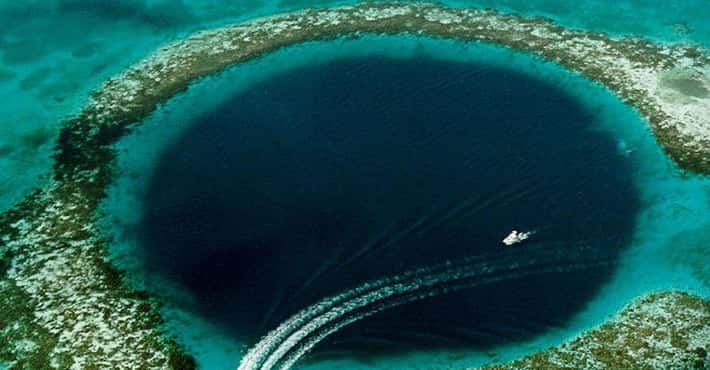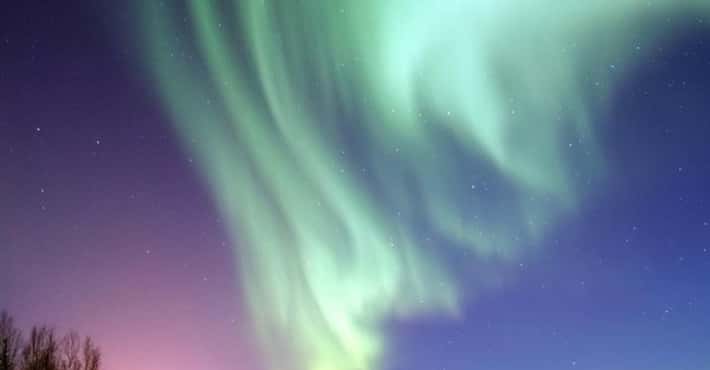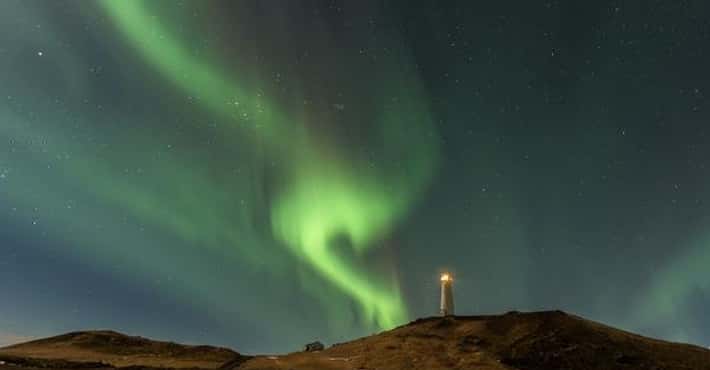Mark Your Calendars - The US Will See Its First Total Solar Eclipse Since 1979
Are you ready for something that hasn't happened in America since 1979? No, we're not bringing back ultra-wide bell bottoms – we're talking about a full solar eclipse. In August 2017, the total solar eclipse will be visible to the lower 48 of the United States. And it could likely be another 40 or so years before we see another one.
Called the Great American Eclipse, this amazing phenomenon is expected to happen on August 21. It is projected to travel right through the heart of the US, and it will only be visible for a few, fleeting moments. So plan accordingly, because there are definitely a few places in the continental US where this rare solar eclipse is worth seeing.
What Is A Total Solar Eclipse?
A total solar eclipse happens when the New Moon comes between the Sun and the Earth, creating a dark shadow. The shadow is only cast on parts of the Earth where the Sun is directly shining, which is why certain places see a solar eclipse better than others.
There are four types of solar eclipses: total, annular, hybrid, and partial. Annular eclipses occur when the Sun and the Moon are aligned with Earth, and the size of the Moon appears smaller than the Sun, giving it a halo-like effect. A hybrid eclipse is a combination of a total and annular eclipse, and it wanes between the two. And a partial eclipse is when the Moon and Sun align but not completely, making it appear as if the Moon is overlapping the Sun.
Here's The Best Places To View The Great American Eclipse
Photo: Wolfgang Strickling / Wikimedia Commons / CC BY-SA 2.5The eclipse is expected to pass through the middle of the continental US and last for about two minutes while it passes through. It will begin in the Pacific Northwest near Salem, OR, before going into Idaho, Wyoming, Nebraska, Missouri, Illinois, Kentucky, Tennessee, North Carolina, and South Carolina. And, while it will be most visible in these states, surrounding areas as far south as Mexico and as far north as Canada will see a partial eclipse.
It's expected to begin around noon EST on August 21.
If You Miss This One, There Are Others Around The World
Photo: thekarmapolice / flickr / CC-BY-NC-ND 2.0There are five upcoming total solar eclipses, including the Great North American eclipse. If you happen to miss this one, plan a trip to South America, where two back-to-back total eclipses will be visible in July 2019 and December 2020, respectively. Another total eclipse will be visible from Antarctica in 2021, and there will be another in 2023 in Australia and parts of the Pacific Islands.


